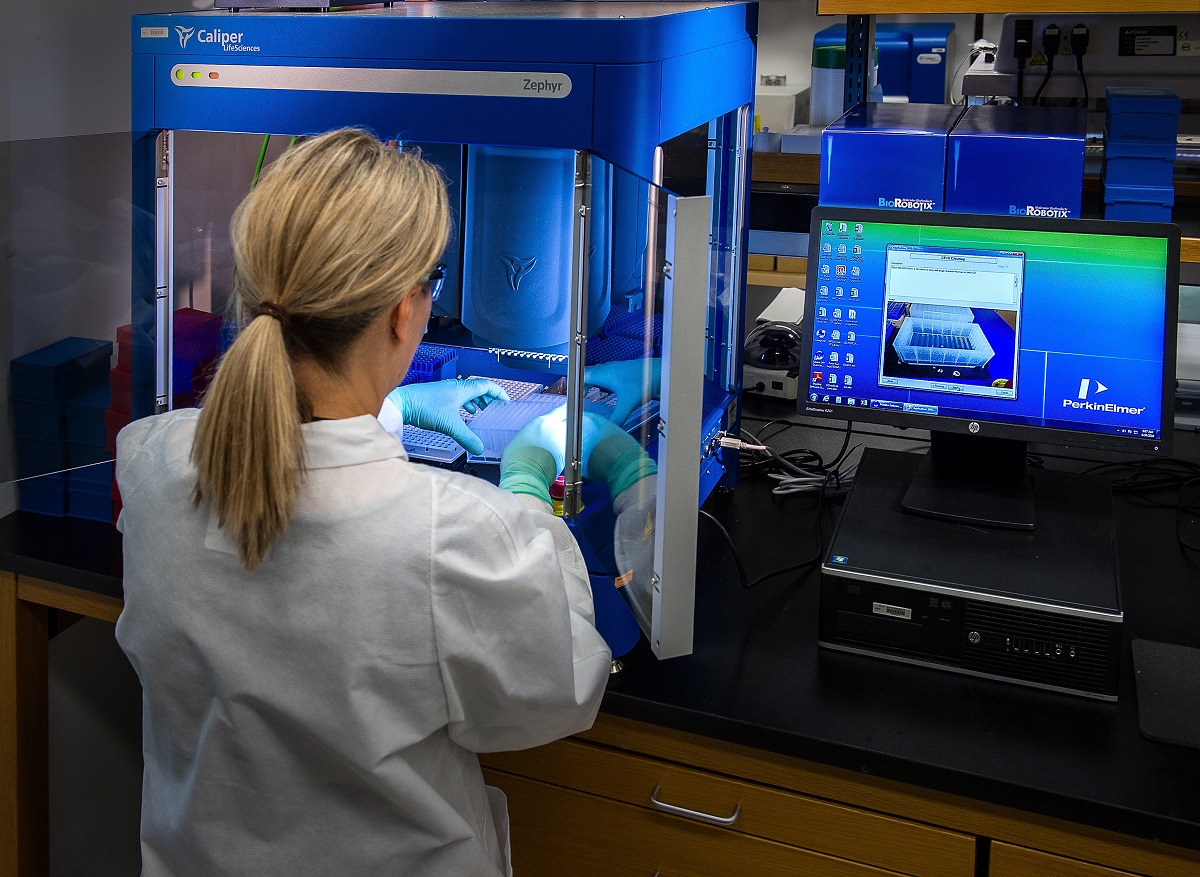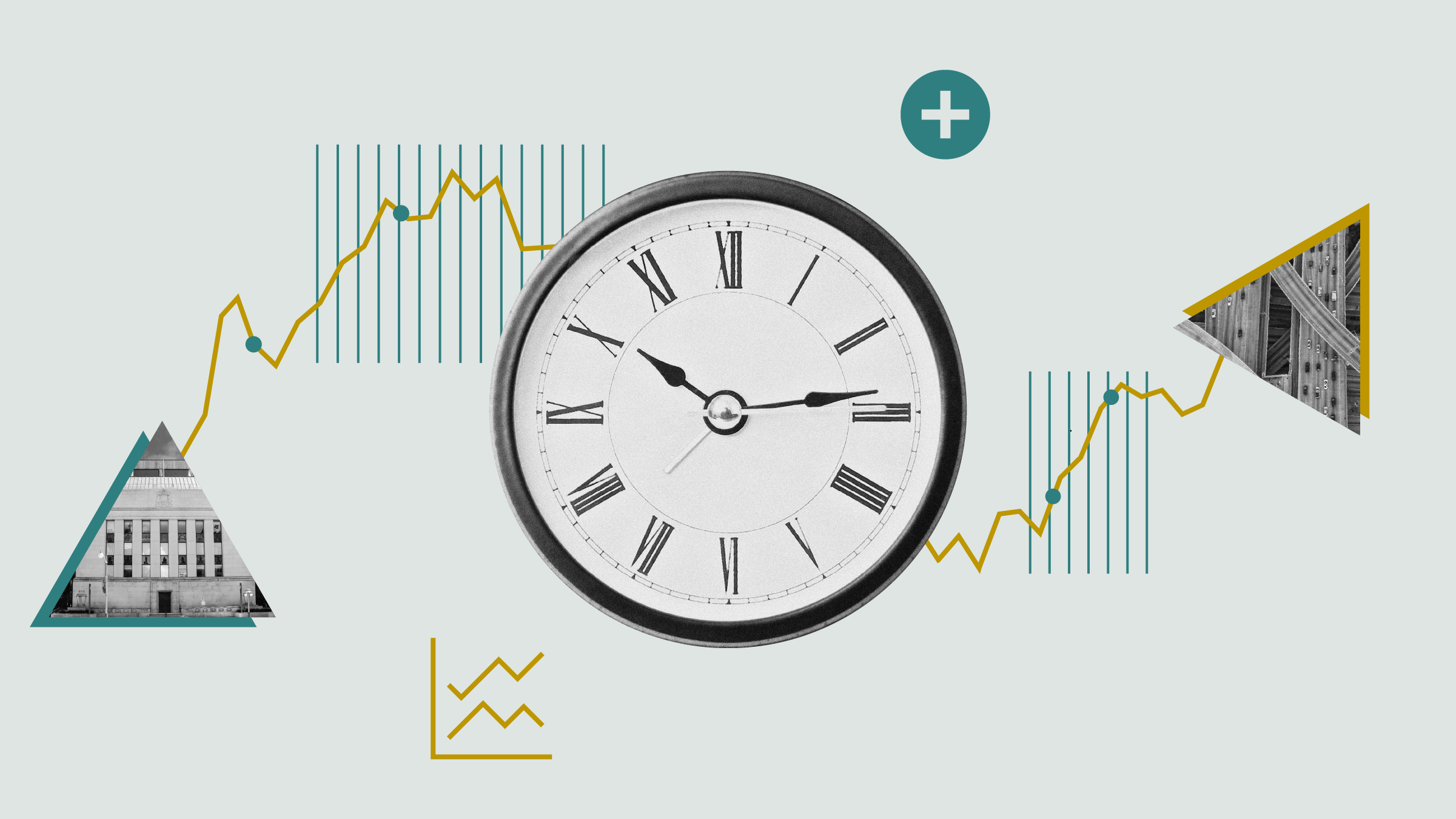
Last year, the healthcare sector performed relatively better than the broader market, as the Morningstar Developed Markets Healthcare Target Market Exposure NR USD gained 1.35%, versus the Morningstar Global NR USD which lost 13.82%. That’s largely because some sub-sectors, such as pharmaceuticals, are defensive in nature, says Paul MacDonald, lead manager of the $1.2 billion Harvest Healthcare Leaders Income ETF (HHL).
“They delivered at a time when they needed to. When we think about healthcare in general, and pharmaceuticals, specifically, they tend to have low commodity exposure and relatively high margins. But they also have relatively good visibility in their businesses,” says MacDonald, chief investment officer at Oakville, Ont.-based Harvest ETFs, and a 22-year industry veteran who entered the industry in 2001 after he earned a Bachelor of International Finance at Griffiths University, in Brisbane, Australia. “They offer ‘superior goods,’ which we need in up and down markets. During a year when we had high inflation and lack of visibility into the macro environment, from a big picture perspective healthcare had strong visibility into their businesses.”
In a similar vein, Harvest Healthcare Leaders Income ETF returned 1.44% in 2022, beating the category, while also yielding 8.73% as of Jan 30. “During the first half of the year we were positioned relatively defensively and that had a net benefit to the performance,” says MacDonald. On a longer-term basis, the ETF returned an annualized 9.81% over the three years ended Jan. 30, and 7.40% over five years.
Broad Market Outperformance Plus Income
The ETF’s impressive yield is supported by a covered call strategy that provides income through monthly cash flows. “When volatility increases, we tend to get paid more premiums. Having that strategy in relatively volatile and weak markets also added to our total return.”
MacDonald notes that the strategy has a bias toward large-cap companies, and they have done relatively better than small and mid-cap firms which came under valuation pressures. “We saw less of an impact, compared to many competitors that have small and mid-cap exposure. That helped our performance.”
Stronger Tailwinds for Healthcare Sector
From a top-down perspective, the long-term drivers that have supported the healthcare sector have remained largely unchanged. These drivers are aging populations, growing spending on healthcare in the developing world, and technological innovations not just in devices but also in drug development. But with greater visibility in their future earnings, healthcare stocks did better in 2022. “A lot of the macro uncertainties that we have seen—and though we have seen some improvements---are still cloudy for the short-term. That forms the backdrop of the relative outperformance of healthcare,” says MacDonald. “During weak economic periods, the analogy we like to use is that people will generally continue to spend on necessities and superior goods such as healthcare needs, versus new technology for their homes. That gives us greater visibility.”
Meanwhile, inflation is continuing to subside, as are supply chain issues that bedevilled many sectors during the pandemic. “This should lead to interest rate policies in the U.S. that are more likely peaking as we move through the year. We look to potentially lower rates as we come into 2024. But the variability of expectations among market participants is very wide. The one takeaway from that is that we can expect volatility in the short term to continue to be high. We are likely to get spikes to the upside, just as easily as we get spikes to the downside,” argues MacDonald. “One should be prepared for volatility and in that environment, we would think that healthcare, given its shorter-term visibility, coupled with longer-term drivers, is still well-positioned as a potential leadership sector, not just on a positive return basis but in aggregate, compared to other areas of the market.”
On a valuation basis, some healthcare stocks have come down, but MacDonald observes, they are likely to rise again as the market slowly recovers. In general, price-earnings multiples of medical tools and devices companies were around 28 times earnings a year ago, but slipped six multiple points to around 22 times earnings. “Based on where future earnings are, you are still getting positive growth and earnings. You are just paying less for those earnings,” says MacDonald. “Six multiple point compression is quite significant. But we are starting to see a recovery. Those areas will see more upside than perhaps traditional value defence stocks, as we wait for the macro clouds to dissipate.”
Subsiding Headwinds for Healthcare Stocks
Meanwhile, headwinds, such as supply chain logistics issues, have dissipated, as have inflationary pressures in areas such as hospital equipment. “Although we don’t have exposure to the hospital sector directly, it’s an area that we are watching for labour costs where lack of visibility on labour inflation has caused us to stand on the sidelines. That’s potentially a headwind, where we haven’t seen any visibility in the shorter term,” says MacDonald, adding that concerns about controlling drug prices, which emerged in the run-up to the Democratic presidential campaign in 2020, have also diminished considerably. “Generally, most of the headwinds that were sector-specific a few years ago have very much subsided.”
From a strategic viewpoint, MacDonald is running a highly concentrated portfolio with only 20 large-cap names. “Twenty stocks give us the ability to be a bit closer to our companies, specifically because of our options strategy. It allows us to be more active, month by month, on what is going on with individual companies and what is really driving the valuations on the options side,” says MacDonald. “From a Canadian perspective, there is very limited healthcare exposure domestically, some 1% of the overall TSX. When you factor in our 20 stocks, they are two-and-a-half times the weight of the entire TSX. Yes, it is relatively concentrated. But we are diversified across the sub-industries within healthcare. And we have scale, given the size of these companies.”
MacDonald adds that the holdings are often highly diversified. “We would rather own the dominant companies that have diversified operations, and have the ability to execute across the business cycles, as opposed to necessarily being focused on specific outcomes of one scientific program, that may come with a potentially higher risk, and return,” says MacDonald. “When mid-caps were moving higher a year ago, we had the same conversation [about the merits of owning smaller companies] and we will likely have the same conversation in the future. We just want to focus on the companies that are dominant. Perhaps they have less upside, but they also have less downside.”
Healthcare Stock Portfolio Subsectors
From a sector viewpoint, drug manufacturers (which include biotechnology names) account for 54% of the portfolio, followed by 25% healthcare equipment, 10% life sciences tools and services and 9% healthcare providers and services.
In scanning the marketplace of 1,500 companies, MacDonald uses a quantitative analysis screen to narrow the list down to about 85 large-cap healthcare companies, which have a minimum market capitalization of US$10 billion. These companies must also have options so that the portfolio management team can execute its options strategy.
“Then we actively pick 20 of those companies and give some consideration for sub-sector diversity and style diversity---the big three being value, growth, and growth-at-a-reasonable-price [GARP],” says MacDonald, adding that his team conducts its own fundamentals analysis. “They must meet financial metrics, such as price-to-earnings, return on equity and dividend yield. That’s our process.”
Top Healthcare Stock Picks
One top holding is UnitedHealth Group Inc. (UNH) an industry-leading managed care firm with a market cap of US$453.9 billion. The firm provides employer-sponsored health insurance in the U.S. and also manages government-sponsored programs such as Medicare and Medicaid. “When we look at how they have delivered financially, they continue to execute quarter-over-quarter and deliver low-to-mid-teens earnings per share growth. We don’t expect that to change. You are paying a little bit of a premium for that consistency,” says MacDonald, noting the stock is trading at 23 times earnings and is classified as a GARP holding. “As we look out over the next two to three years, they are exceptionally well-positioned.” The stock is trading at US$488.85 and pays a 1.4% dividend yield. MacDonald reckons the stock can generate a 13-15% rate of return.
Another key holding is AbbVie Inc. (ABBV), a biotechnology firm with a market cap of US$260 billion and best known for its Humira drug that is used for immunological indications, such as rheumatoid arthritis. “Humira is a US$20 billion a year drug. That’s coming off patent, and as it does so, we expect to see competition. But what AbbVie has done, though, is back-fill their pipeline with other biological drugs to build out and diversify their underlying business.” The stock, which has a forward price-to-earnings multiple of 10 times, is trading at US$145.60 and pays a 4% dividend yield.
As MacDonald is expecting modest growth, he regards the stock as a value holding. “Having a relatively inexpensive stock with a 4% dividend yield, and with lower re-investment, you will likely have lower earnings growth over the next several years,” says MacDonald. “We are okay with that, based on the fact that we have relative consistency in cash flow generation and we’re able to generate a higher distribution yield. It’s a nice complement from a style perspective.”






















